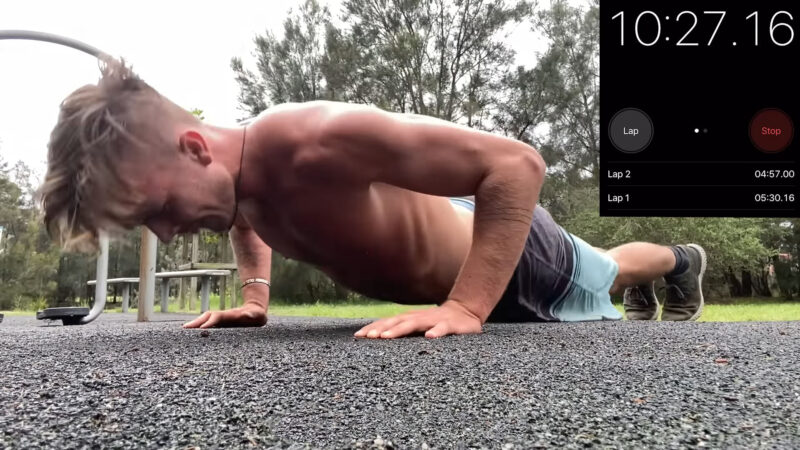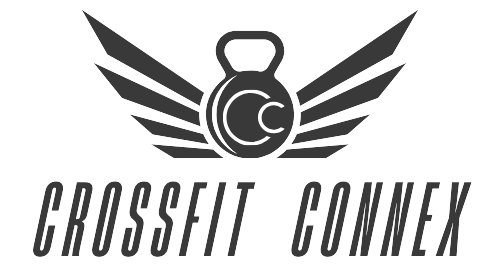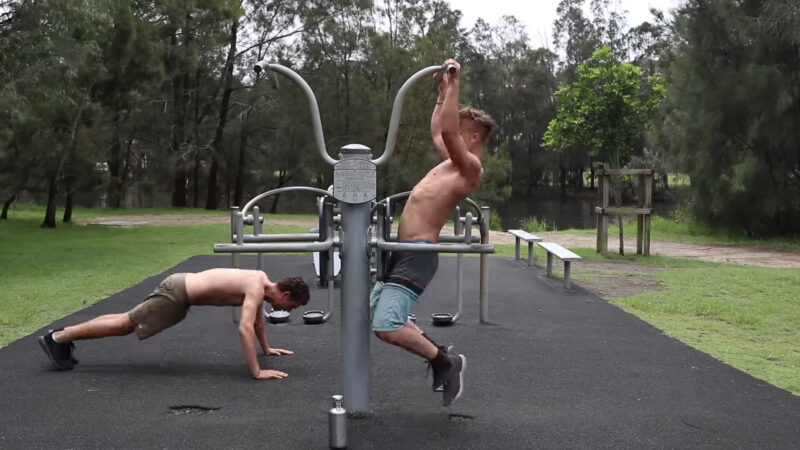Have you heard about something called “The Murph” that lots of people do every May? Maybe you’ve seen pictures of friends or famous people pushing themselves through a tough workout. Well, I’m here to tell you what it’s all about.
The Murph Challenge isn’t just any workout – it’s a way to remember a true American hero. I’ll explain who Lieutenant Michael Murphy was and how the workout got started. Then I will give you a 4-week training plan so you can to take on The Murph, whether you’re just starting out or already in great shape.
Who Was Lt. Michael P. Murphy?
He was a real-life Navy SEAL who did something incredibly brave in Afghanistan. Some of you may have seen the movie “Lone Survivor” about his story. In 2005, he put his own life in danger to save others. For his heroism, he received the Medal of Honor in 2007. To honor soldiers like him, there’s now a tough workout called The Murph Challenge that’s part of many training programs.
What is The Murph Challenge?
Well, it’s a tough workout that includes running one mile, doing 100 pull-ups, 200 push-ups, 300 squats, and then running another mile. Some people even choose to make it even harder by wearing a weighted vest, but that’s optional. Interestingly, this workout was Murphy’s favorite and was originally known as “Body Armor.” It’s a way to remember his courage and sacrifice.
How You Can Train for The Murph Challenge
Don’t worry if you’re not up to doing 100 pull-ups or running miles just yet! The most important is to do it safely and not go upper your limits. Very important is to know your workout level, and go slowly to grow your training condition. There’s a way to break it down so beginners can build up their strength and stamina:
Training Options 1: Do It All As-Is
- You start with a one-mile run, tackle the 100 pull-ups, 200 push-ups, and 300 squats in order, and finish with another one-mile run. Adding a weighted vest makes it even tougher.
Option 2: Partition the Workout
- You run a mile, then do 20 sets of 5 pull-ups, 10 push-ups, and 15 squats, and finish with a mile run. If that sounds like a lot, you can adjust the push-ups to 5 in a set, breaking them up to manage better.
4-Week Training Plan Overview

| Week 1 |
|
| Week 2 |
|
| Week 3 |
|
| Week 4 |
|
- Tips for Success: Start training early, especially if you’re new to running or need to work on your strength for pull-ups or push-ups. Incorporate exercises to build grip strength if you’re struggling with pull-ups. Always focus on your form and workout plan to avoid injuries. Remember, it’s okay to start without a weighted vest and work up to wearing one.
FAQ
Conclusion
The Murph Challenge is more than a workout. It is a way to remember Lieutenant Michael Murphy and test your strengths. Whether you are just starting or can do a lot, this challenge gives you a chance to see how far you can push yourself. I would start with a 4-week training plan that gets a little harder each week. That way you do not need to do too much too fast.
Listen to your body and change things if you need to. Make sure not to push too hard too soon. Every time you try The Murph and every time you finish, it is something to be proud of. It shows your toughness but also respect for real heroes.
As you get better, maybe next year you can challenge yourself more. You could try to do it faster or add weight. The Murph is not just about being tough physically. It is also about bringing people together to honor bravery and a good legacy.




